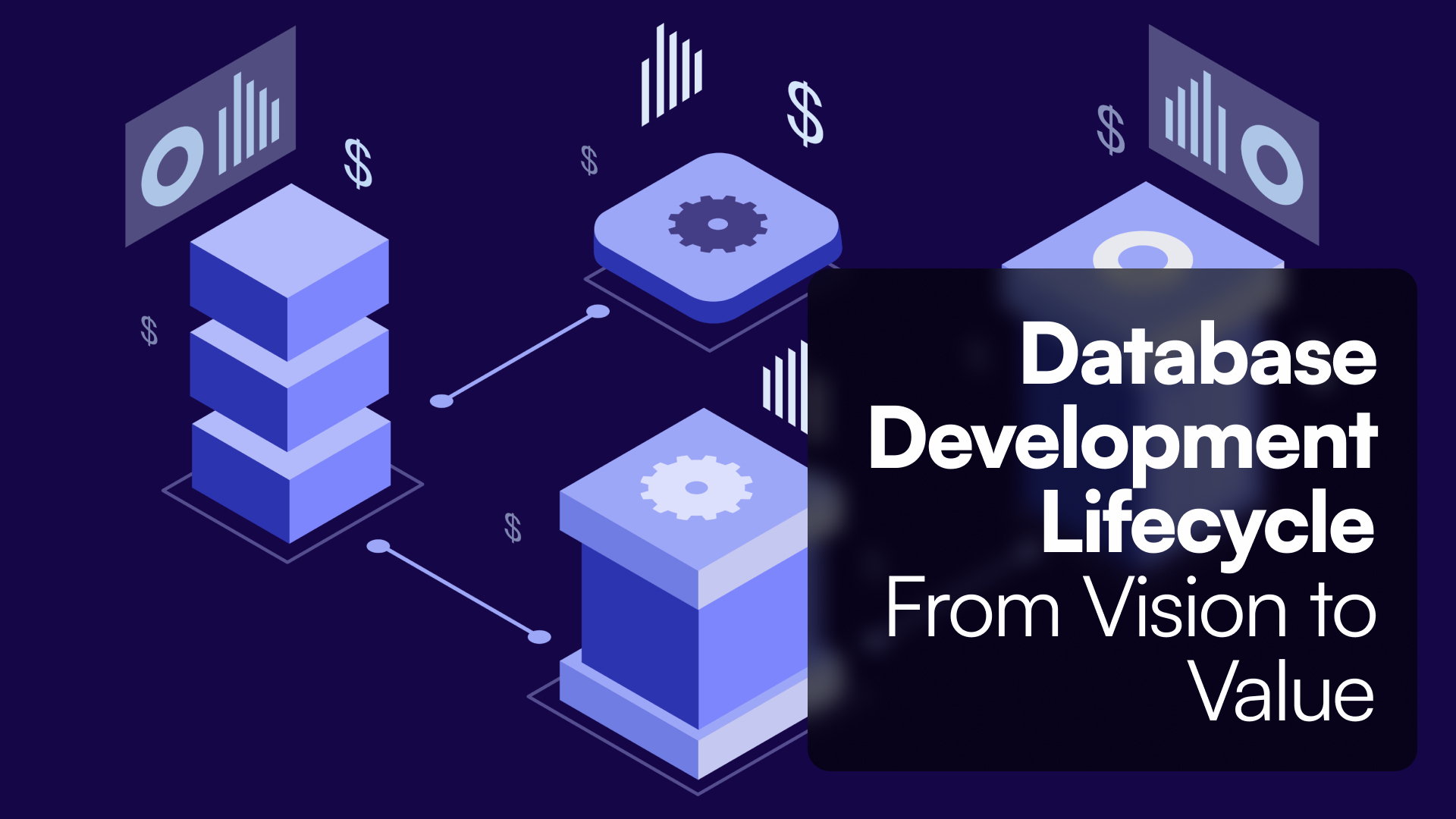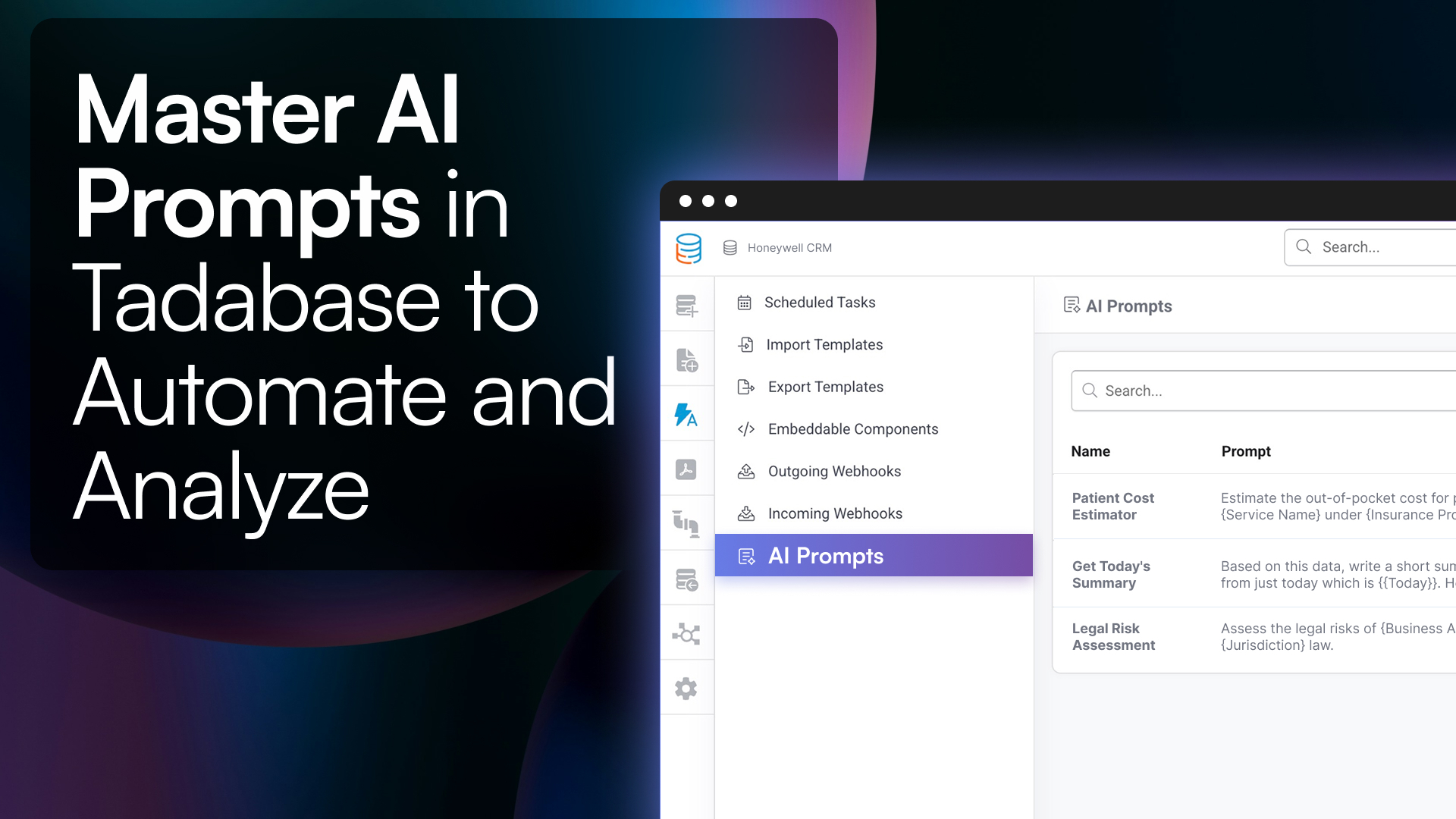Introduction
Resource planning isn’t just a project management task—it’s a strategic process that directly influences a project’s success. Whether you're managing a construction project, rolling out a new software platform, or running a marketing campaign, effective resource planning ensures your people, tools, and budgets are aligned for success.
This guide will take you through every step of resource planning, highlighting actionable strategies, key tools, and best practices. If you’re a project manager, team lead, or business owner, you’ll learn how to streamline workflows, maximize efficiency, and avoid the most common pitfalls.
What is Resource Planning?
Resource planning is the process of identifying, forecasting, allocating, and managing resources to meet project goals. Resources can include people, tools, equipment, technology, and financial budgets. This planning ensures that projects are delivered on time, within budget, and with optimal quality.
Key Objectives of Resource Planning
- Optimal Utilization: Prevent underuse or overuse of resources.
- Budget Control: Avoid unnecessary costs by carefully assigning resources.
- Timely Delivery: Ensure resources are allocated and available when needed.
- Risk Mitigation: Proactively address potential bottlenecks or conflicts.
Why is Resource Planning Important?

Effective resource planning has significant benefits that resonate across teams and organizations:
-
Prevents Resource Overallocation
Avoid overloading employees or other resources. Over-allocation leads to burnout, inefficiencies, and missed deadlines. -
Reduces Costs and Waste
Unutilized or misused resources can inflate project costs. Effective planning avoids idle tools, wasted materials, and redundant expenses. -
Improves Team Collaboration
By clearly allocating roles and responsibilities, resource planning fosters better communication and teamwork. -
Boosts Project Scalability
When resource planning is efficient, scaling up (or down) becomes seamless, whether you're dealing with unexpected demand or budget cuts. -
Drives Predictability and Confidence
Planning resources upfront reduces the likelihood of surprises, making projects more predictable and confidence-inspiring.
Step-By-Step Guide to Resource Planning
Step 1: Understand the Project Scope and Goals
Clearly define the project’s deliverables, timelines, and success criteria. Without a well-defined scope, resource needs cannot be accurately determined.
Step 2: Identify Resource Needs
Break down the project into tasks or milestones. For each, define the required resources—whether human skills, tools, or finances.
Categories of Resources:
- Human Resources: Team members, freelancers, or contractors.
- Technology: Software, hardware, and specialized tools.
- Physical Assets: Office space, machinery, raw materials, etc.
- Financial Resources: Salaries, procurement budgets, and contingencies.
Step 3: Assess Current Resource Availability
Evaluate what’s already available within your organization. Identify gaps or overages and determine whether resources can be shared across projects or need external procurement.
Step 4: Allocate Resources Strategically
Assign resources based on skills, availability, and priorities. For complex projects, tools like resource allocation matrices or Gantt charts can provide clarity and balance workloads effectively.
Step 5: Forecast Future Resource Requirements
Anticipate changes such as scope expansion, demand surges, or unexpected issues. Use historical data, forecasting tools, and input from team members to project needs accurately.
Step 6: Monitor and Adjust Resource Allocation
Resource planning is dynamic. Use live dashboards or tools to monitor progress and adjust resource assignments to address emerging challenges.
Common Challenges in Resource Planning
-
Unrealistic Forecasting
Estimations without solid data often lead to over- or under-allocation.
Solution: Use forecasting tools powered by historical data and analytics. -
Resource Conflicts
Resources assigned to multiple projects simultaneously cause delays.
Solution: Implement clear priority-setting frameworks and transparent communication. -
Lack of Transparency
Lack of transparency in resource usage makes planning inefficient.
Solution: Leverage cloud-based tools for centralized visibility and real-time updates. -
Overdependence on Manual Processes
Spreadsheet-based planning is error-prone and inefficient.
Solution: Automate planning using advanced resource management tools like Tadabase. Explore the Project Management template here.
Tools for Resource Planning

Incorporating the right tools into your workflow simplifies resource planning significantly. Here are some of the most effective platforms:
- Tadabase: Customizable apps to manage resources in real time, with dashboards and reporting.
- Float: Ideal for scheduling and tracking team availability.
- Planview: Capacity planning and advanced analytics for large teams.
- Asana: Integrated resource planning and project management platform.
- Monday.com: Visual project and resource management tools for easy collaboration.
Best Practices for Resource Planning
-
Involve Stakeholders Early
Get input from project leaders, team members, and external vendors to ensure all requirements are captured. -
Adopt Visualization Tools
Tools like Kanban boards or Gantt charts help track resource assignments effectively. -
Build Contingency Buffers
Anticipate risks by setting aside resources for unplanned changes or delays. -
Regularly Audit Your Plan
Schedule periodic reviews of the resource plan to ensure alignment with current needs. -
Use Real-Time Data
Tools that offer live updates help managers make timely and informed adjustments.
Frequently Asked Questions
1. What is the difference between resource planning and resource management?
- Resource Planning is the upfront process of forecasting and allocating resources for a project.
- Resource Management involves the ongoing supervision, optimization, and reallocation of those resources during the project lifecycle.
2. How can small businesses implement resource planning effectively?
Small businesses can adopt affordable or free tools like Tadabase or use simple spreadsheets for smaller teams. Focus on prioritizing critical resources and keeping workflows lean.
3. What are the most common resource planning mistakes?
- Underestimating time and skill requirements.
- Over-allocating resources without buffers.
- Neglecting to forecast future needs.
- Failing to update plans when priorities shift.
4. What tools are essential for remote teams?
For distributed teams, use cloud-based platforms like Tadabase, Asana, or Float, which allow real-time collaboration, tracking, and visibility across geographies.
5. How do you handle mid-project resource shortages?
- Reallocate resources from non-critical tasks.
- Communicate with stakeholders to adjust timelines.
- Outsource work to contractors or vendors.
6. How do you forecast resource needs for large, complex projects?
Forecasting requires combining historical data, expert input, and tools like resource forecasting software. Break the project into smaller phases, identify dependencies, and analyze demand trends to anticipate resource requirements. Tools like Planview and Tadabase can simplify this process.
7. How do you ensure resource allocation aligns with business goals?
Align resource planning with business goals by prioritizing projects based on strategic importance. Use tools to track ROI for allocated resources and involve key stakeholders in the decision-making process to ensure alignment with organizational objectives.
8. What is capacity planning, and how does it relate to resource planning?
Capacity planning focuses on determining whether you have enough resources (people, equipment, or budget) to meet demand. It’s a subset of resource planning that ensures workloads are balanced and resources are neither overburdened nor underutilized.
9. What industries rely the most on resource planning?
Resource planning is critical across multiple industries, including:
- IT and Software Development: Managing developers, servers, and tools.
- Construction: Allocating labor, machinery, and materials.
- Healthcare: Scheduling staff and equipment usage.
- Manufacturing: Planning for raw materials, equipment, and labor.
- Event Management: Ensuring venues, staff, and supplies are aligned.
10. How can I measure the success of my resource planning efforts?
Measure success by tracking these key performance indicators (KPIs):
- Resource Utilization Rate: Percentage of time resources are actively engaged.
- Budget Adherence: How well the project stayed within budget.
- On-Time Completion: Whether tasks were delivered according to the timeline.
- Employee Satisfaction: Avoiding burnout or overwork.
- Project ROI: The financial return or value generated by the project relative to the resources invested.
By using tools like Tadabase, you can monitor these KPIs in real time and adjust your approach as needed.
Conclusion
Resource planning is the foundation of successful project management. By understanding the principles, leveraging the right tools, and following best practices, teams can maximize efficiency, reduce waste, and deliver outstanding results. Tadabase simplifies the process by offering customizable apps and real-time tracking to make resource planning seamless.
Take control of your projects today—optimize your resources with Tadabase and set your team up for success.








